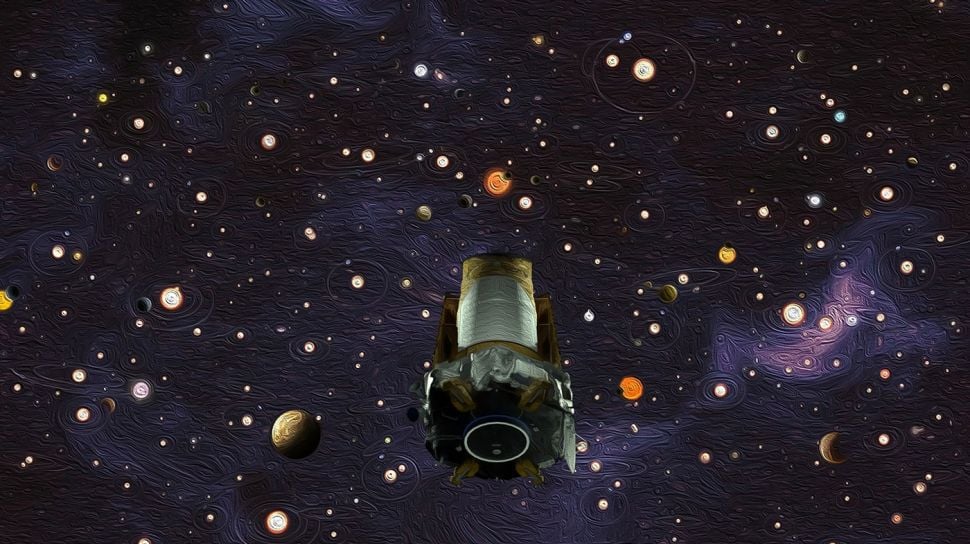Suara.com – artificial intelligence system (TO THE) just found more than 300 exoplanet or exoplanet previously unknown aliens in the Kepler Space Telescope data belonging to NASA.
The telescope, which specializes in hunting for NASA’s first exoplanets, has observed hundreds of thousands of stars in the search for potentially habitable planets outside the solar system.
The telescope’s catalog of potential planets continues to produce new discoveries even after the telescope goes down. But now, a new algorithm called ExoMiner can emulate the process and analyze catalogs more quickly and efficiently.
ExoMiner is a kind of artificial intelligence algorithm that can learn and improve its capabilities when entering a sufficient amount of data.
Also Read:
NASA warns a giant asteroid is heading for Earth’s orbital path
Kepler Telescope have a lot of data. In less than 10 years, the telescope was able to find thousands of planet candidates, with nearly 3,000 of them confirmed. That includes most of the 4,569 exoplanets known today.
For each exoplanet candidate, the experts examining the Kepler data will look at the light curve and calculate how much of the star is covered by the planet and analyze how long it takes the exoplanet candidate to cross the stellar disk.
The ExoMiner algorithm follows the same process but is more efficient, allowing the researchers to add 301 previously unknown exoplanets to Kepler’s planetary catalog at once.
“ExoMiner is very accurate and in some ways more reliable than existing machine classifiers as well as human experts,” said Hamed Valizadegan, ExoMiner project leader and machine learning manager with the Universities Space Research Association at NASA Ames Research Center. Space.com on Monday (11/29/2021).
Once ExoMiner has proven its worth, scientists also want to use it to help sift through data from existing and future exoplanet-search missions, such as NASA’s current Transiting Exoplanet Survey Satellite (TESS) or the European Space Agency’s (ESA) Planetary Transits and Oscillations of Stars. ).
Also Read:
America Launches Spacecraft To Hit Asteroids
Unfortunately, none of the newly confirmed exoplanets have the potential to host life because they are outside the habitable zone of their parent star.
– .


